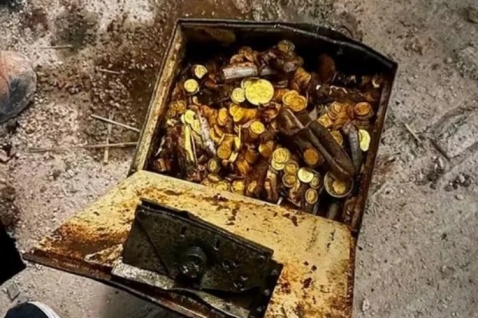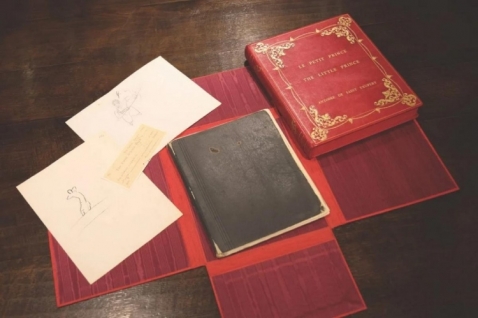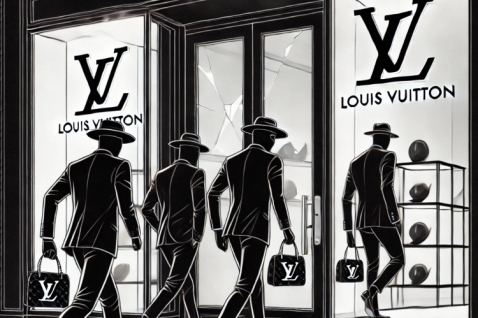It may sound unbelievable, but a tiny object – a wooden cosmetic box shaped like a grasshopper – has stirred waves in the auction world.
The Guennol Grasshopper, over 3,300 years old, was sold at the end of July in London for £340,000 (around $455,000). The price is significantly lower than the $1.2 million it last achieved, but the buyer secured an artifact of priceless historical and cultural significance.
According to tradition, the piece dates back to the reign of Pharaoh Tutankhamun, around 1350–1349 BC. Crafted from wood and ivory, just nine centimeters long, it is remarkably well-preserved and believed to have been used as a container for cosmetics. Its story is intertwined with the legendary discovery of Tutankhamun’s tomb – archaeologist Howard Carter, who uncovered the Valley of the Kings in 1922, is said to be connected to this delicate object.
Over the decades, the Grasshopper has passed through the hands of Egyptian dealer Maurice Nahman, New York collector Joseph Brummer, and in 1948, into the collection of Alastair Bradley Martin. Most recently, it belonged to members of a Middle Eastern royal family, descendants of Sheikh Saud al-Thani.
What added weight to this sale was the refusal of leading auction houses Christie’s and Sotheby’s to offer the piece, citing doubts over provenance. No official archaeological records confirm its discovery, raising speculation that the artifact may have been removed from Tutankhamun’s tomb without authorization.
Still, Apollo Auctions, the house overseeing the sale, insists the Grasshopper was not stolen, noting that it passed verification through the Art Loss Register. Despite lingering uncertainties, the sale reaffirms the enduring allure of Egyptian antiquities – particularly when embodied in an object so rare and enigmatic.
Even though it sold for less than half its previous known price, the Guennol Grasshopper remains one of the most intriguing artifacts on the market for ancient luxury. Its artistic delicacy, mysterious history, and connection to the pharaonic era make it both a collector’s dream and a perpetual enigma in the world of archaeology.















